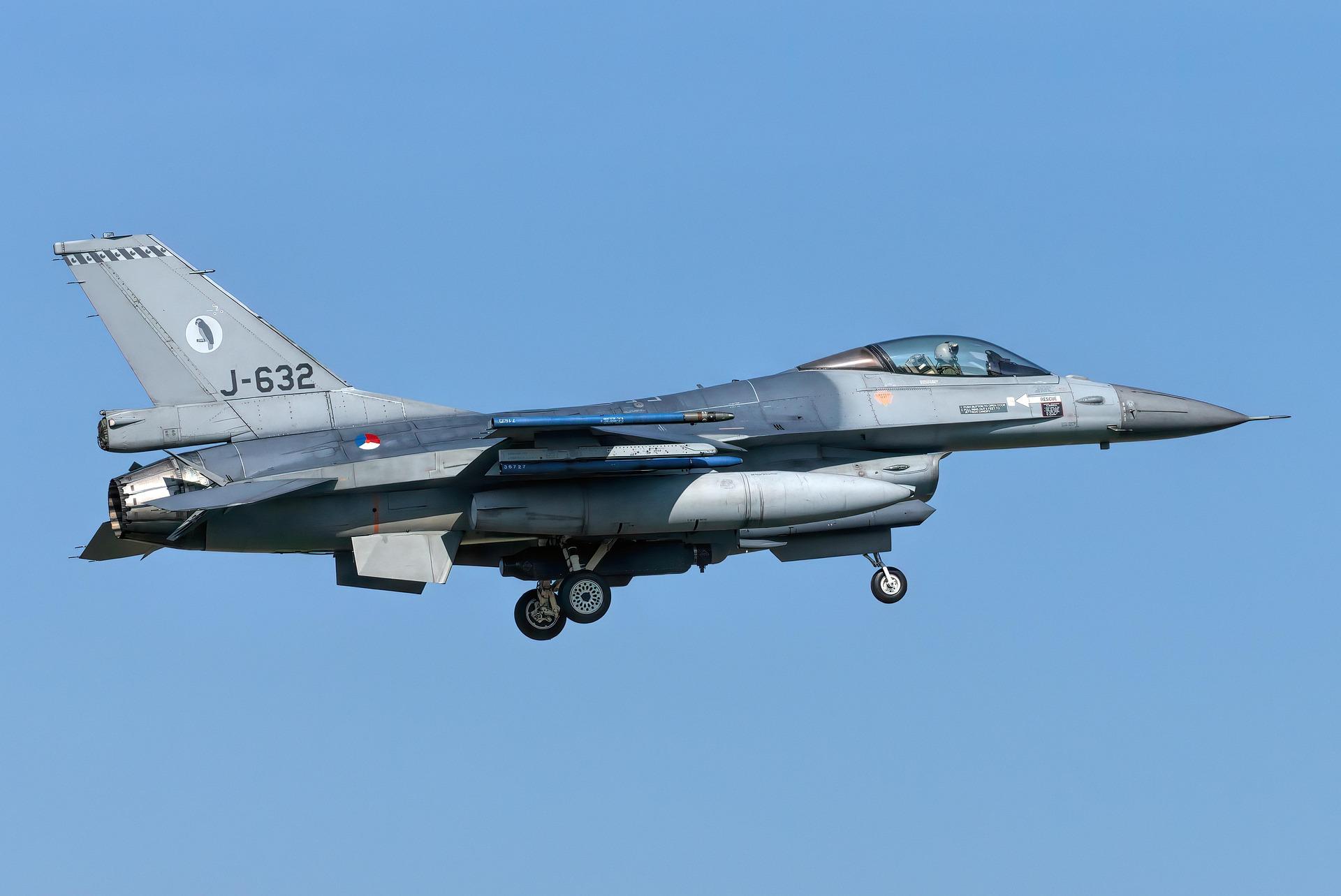
In a historic milestone for India's defense manufacturing and strategic autonomy, the country is no longer just flying fighter jets—it is now set to build their very hearts: the jet engines themselves. And not just any engine, but the powerful GE F414 turbofan engine, which currently powers advanced fighter jets like the F/A-18 Super Hornet used by the United States, Australia, and Sweden.
This transformative development comes through a groundbreaking agreement between GE Aerospace and Hindustan Aeronautics Limited (HAL), which will allow India to manufacture the F414 engines domestically. As confirmed by HAL Chairman C.B. Ananthakrishnan, the Technology Transfer (ToT) under this deal is expected to reach up to 80%, enabling Indian engineers to not just assemble but deeply understand, develop, and eventually innovate this core defense technology.
There was a time when the United States was extremely guarded about its military technologies, sharing them only with a handful of NATO allies. The fact that India is now being trusted with such sensitive military technology marks a major diplomatic shift and is a clear testament to India's growing stature as a "Trusted Defense Partner" on the global stage.
Why the F414 Engine Matters
The F414 engine generates an impressive 22,000 pounds of thrust, offering battle-proven reliability and high performance in some of the world’s most advanced fighter platforms. Now, this very engine will be at the heart of India’s Tejas Mk2 fighter jets and future Advanced Medium Combat Aircraft (AMCA)—both critical to India’s air superiority and national security.
The impact of this partnership is multi-dimensional:
Strategic Autonomy: India will be manufacturing engines that previously had to be imported, reducing reliance on foreign suppliers.
Employment Boost: Thousands of skilled and semi-skilled jobs will be created across various sectors.
Technological Leap: Indian institutions like DRDO, GTRE, and HAL will gain firsthand experience in cutting-edge aerospace engineering.
Defense Industry Growth: This will lay the foundation for future 100% indigenous engine programs like Kaveri.
A Comparison That Tells the Story
Imagine this: on one side stands Pakistan's JF-17 Thunder, powered by Chinese engines and outdated avionics; on the other, India’s Tejas Mk2, built on Indian soil, flying with a Made-in-India F414 engine. Add to this India’s stealthy AMCA fighter, capable of striking enemy airbases undetected, and now powered by an engine made not just in India—but with American collaboration.
This isn't merely about engines; it's about shifting geopolitical dynamics. A technology that was once reserved only for NATO countries is now being produced in India. The message is loud and clear: America sees India not as a customer, but as a partner.
France wants to assemble Rafales in India, Italy and Germany are keen on defense partnerships, and now the U.S.—the most powerful technology nation—is helping India build the core of modern air combat systems. This is a huge vote of confidence in India’s industrial capabilities, governance, and geopolitical alignment.
The Bigger Picture: From Assembly Line to Innovation Hub
This deal is not just a win for India's defense preparedness—it is a leap forward for "Make in India" and Atmanirbhar Bharat (Self-Reliant India). India is no longer satisfied with assembling parts; the vision now is to innovate, design, and build from scratch.
With this technology transfer, India is on the path to developing 100% indigenous fighter jet ecosystems, including not just the aircraft body but also avionics, radar, and propulsion systems. The hands-on experience from F414 production will significantly accelerate indigenous engine projects like the Kaveri engine, which had faced setbacks in the past.
The Road Ahead
HAL has announced that the agreement will be finalized before the end of the 2024–25 financial year, after which the production process will begin. The ramifications of this deal will be long-term—paving the way for India to emerge as a global defense manufacturing leader, not just for domestic needs but for export markets as well.
This move is not just about an engine deal. It represents:
India’s diplomatic win
India’s scientific and technological rise
India’s dream of strategic independence
The F414 engine deal between GE Aerospace and HAL is not a simple business contract—it is the ignition switch to India's defense revolution. As global powers recognize India's potential, this moment marks a paradigm shift: from import dependency to global defense innovation hub.
India is no longer asking for favors from France or relying on Russia’s mercy. India is building the future—with its own hands, on its own soil.
Disclaimer:
This article is based on publicly available information and developments as of June 2025. It reflects analysis and interpretation of the GE-HAL engine deal and its strategic implications. The views expressed are for informational purposes only and do not constitute any official endorsement or policy statement.




